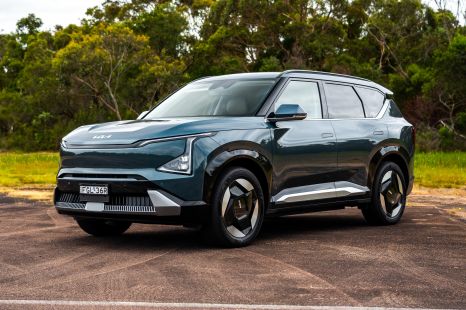

James Wong
2025 Kia EV5 Earth AWD review
5 Days Ago

News Editor
The Nissan Leaf is being replaced with a crossover.
Nissan’s European boss, Guillaume Cartier, told Autocar the new electric crossover will be built at the company’s Sunderland plant.
It’ll be part of a £1 billion (A$1.85 billion) investment in the UK plant. We’ve already seen the car’s silhouette in teaser images (below).
It’s set to use the Renault-Nissan-Mitsubishi Alliance’s new CMF-EV platform, also underpinning the Ariya and Renault Megane E-Tech Electric, and enter production around 2025.
Nissan hasn’t confirmed whether the Leaf replacement will wear the Leaf name.
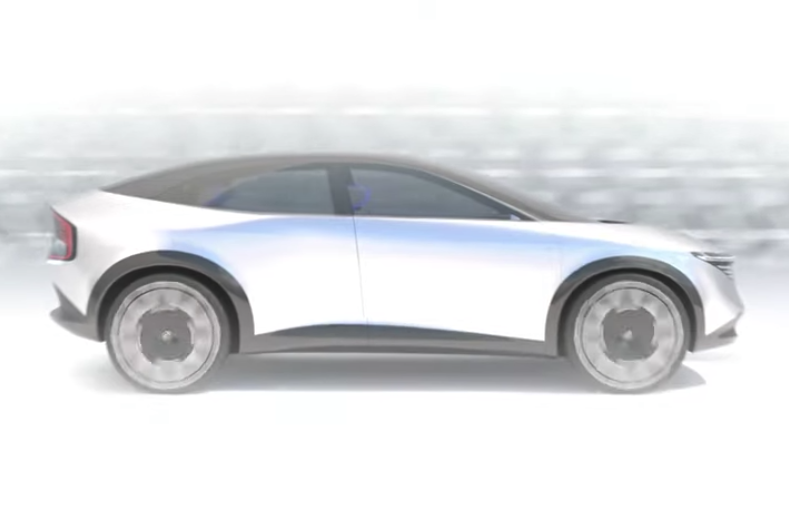
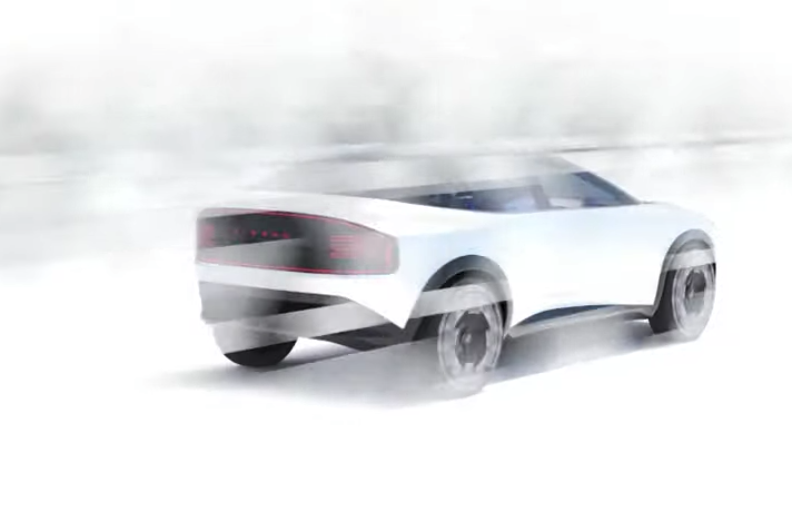
The Leaf was a pivotal car for Nissan. Not only is it one of the world’s best-selling EVs, it was Nissan’s first mass-production EV and the company beat countless rival brands to market.
The company has arguably squandered its first-mover advantage, however, by being slow to follow it up with additional electric products.
The Ariya, set for launch in some markets in 2022 but unconfirmed for Australia, will be only the brand’s second global electric product.
It measures 4595mm long and 1850mm wide on a 2775mm wheelbase, while the Megane E-Tech Electric is 4210mm long, 1800mm wide, and rides an identical 2700mm wheelbase to the Leaf.

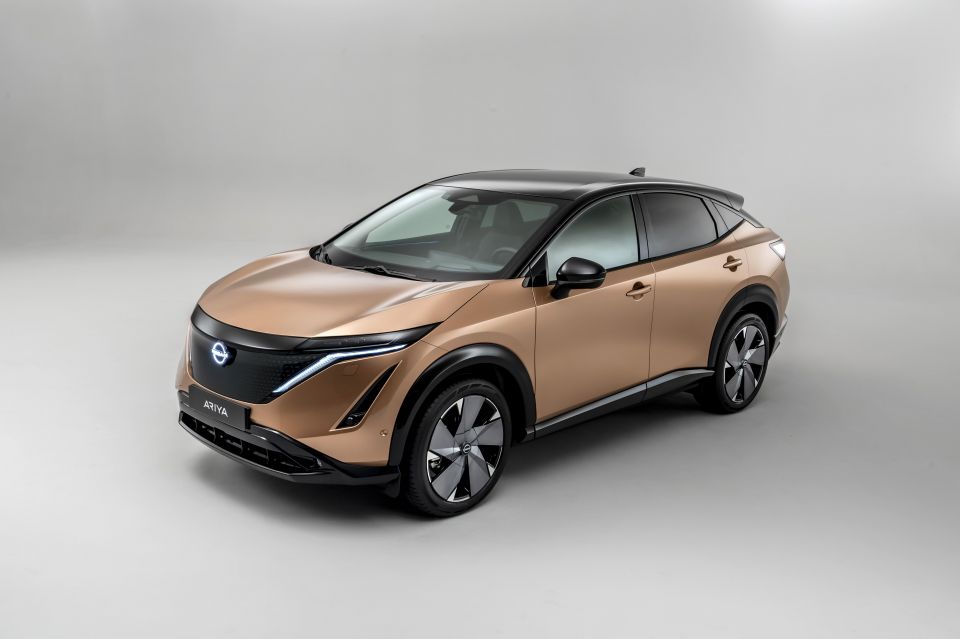
The current Leaf slots neatly between those two newer EVs in overall length at 4490mm, and measures 1788mm wide.
The Leaf replacement could share its powertrain line-up with the Megane E-Tech Electric, leaving the higher performance, dual-motor options for the Ariya.
The Renault offers a choice of a 40kWh battery good for 300km of range, and a 60kWh battery good for 470km.
It also offers a choice between a front-mounted electric motor with 96kW of power and 250Nm of torque, or one with 165kW and 300Nm.
Plugged into an AC home wall box, the E-Tech can charge at up to 22kW and it’ll charge at up to 130kW plugged into a DC public fast charger.
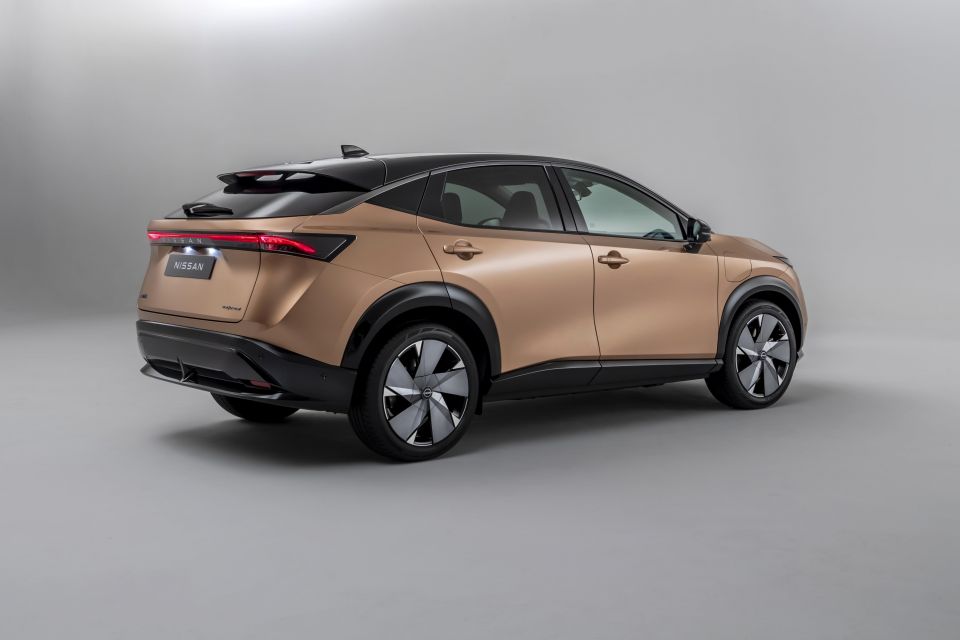
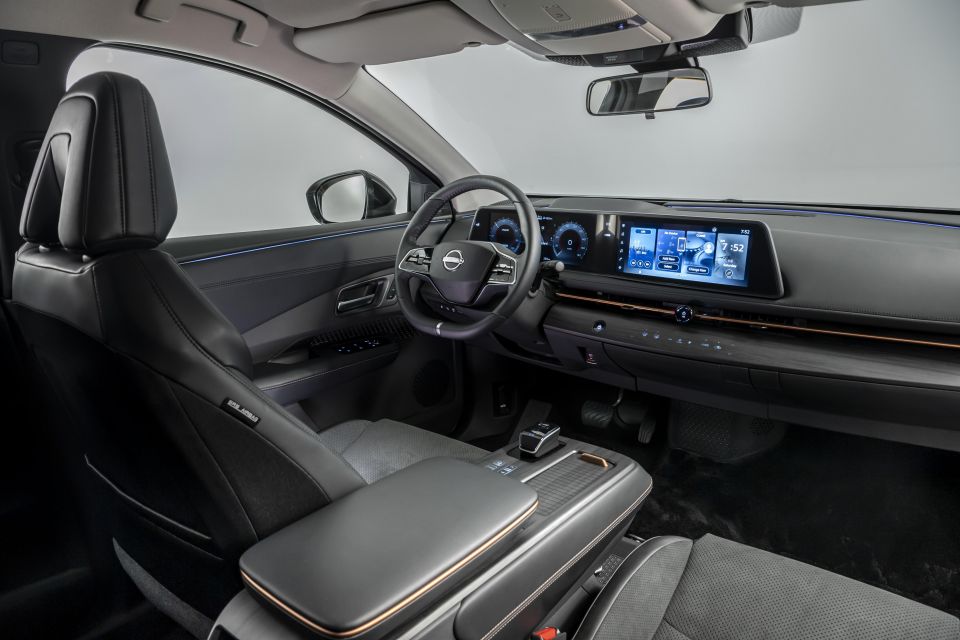
The Ariya, meanwhile, offers 65kWh and 90kWh batteries.
With the smaller battery, front-wheel drive models with front-wheel drive models produce 160kW/300Nm and achieve 360km of range, while with the larger battery those figures rise to 178kW/300Nm and 500km.
The current Leaf offers a choice between a 40kWh battery option with a 110kW/320Nm e-motor, or a 62kWh battery with a 160kW/340Nm e-motor.
Nissan’s growing range of electric vehicles may also expand to include a new light hatchback to replace the current European Micra.

“One topic that is still open is the entry [the Micra-sized replacement]. Key point is how we offer something from the Alliance with the Nissan brand,” said Mr Cartier, adding it had to be profitable for the company.
Nissan says it will rely on its Alliance partners for underpinnings and powertrains for any Micra replacement.
Introduced in 2016, the current Micra shares its platform with the last-generation Renault Clio and is built in France. This generation has never been offered in Japan or Australia.
The CMF-BEV platform is a likely choice for the next Micra.
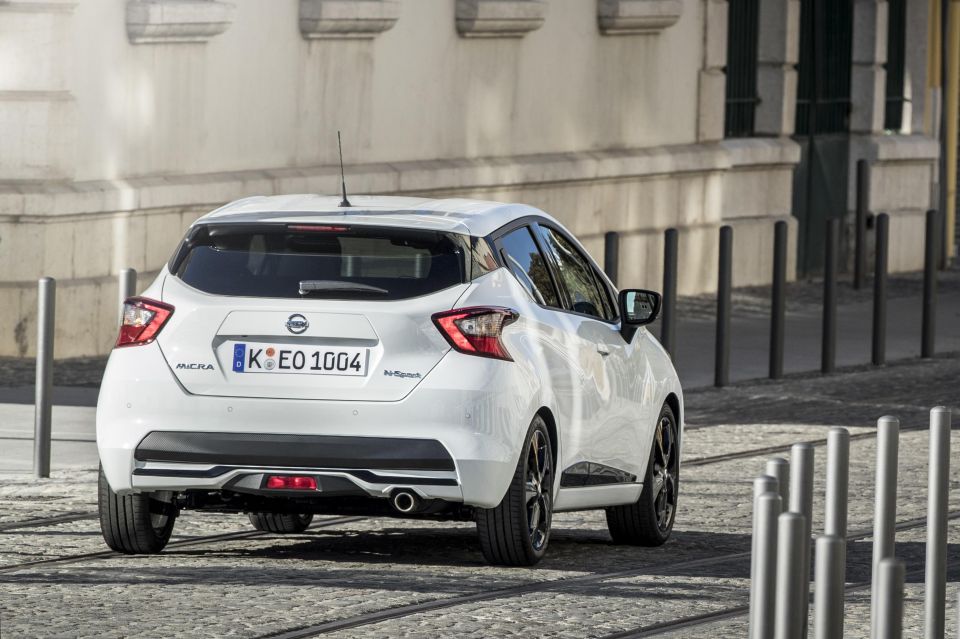
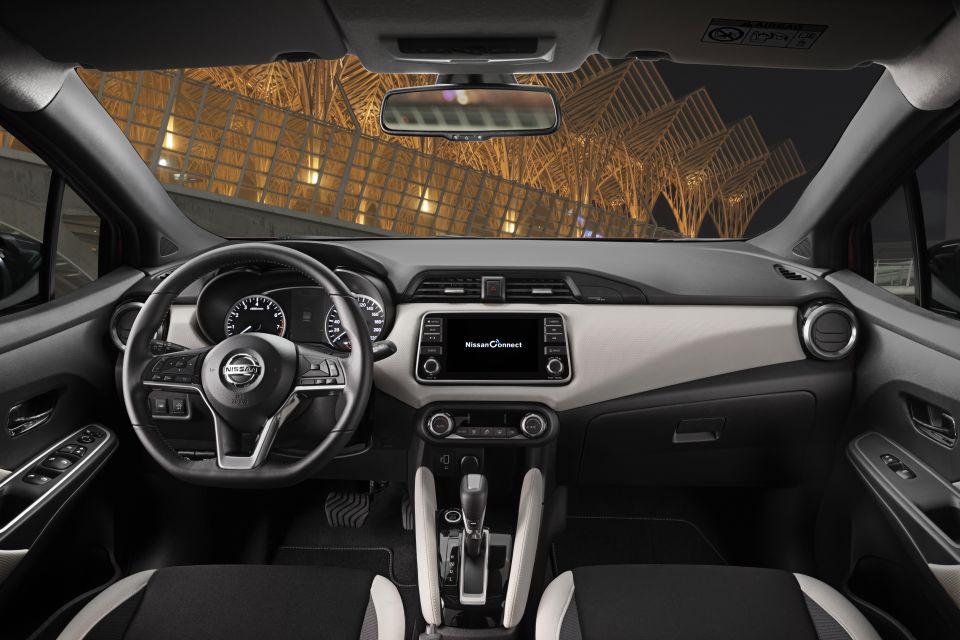
Underpinning the revived Renault 5, it’s designed for B-segment or light vehicles and promises to cut the price of new electric cars by one third.
Range on the tough WLTP test cycle will top out at 400km on the new platform.
To keep costs down, it shares components with the CMF-B platform, underpinning the Renault Captur and Nissan Juke crossovers, and will make use of a new nickel-cobalt-manganese battery pack.
The Micra is currently one of just three passenger cars in the company’s European line-up, the others being the Leaf and GT-R. The 370Z isn’t sold there, and the new Z won’t be either.
MORE: Everything Nissan Leaf
Where expert car reviews meet expert car buying – CarExpert gives you trusted advice, personalised service and real savings on your next new car.
William Stopford is an automotive journalist based in Brisbane, Australia. William is a Business/Journalism graduate from the Queensland University of Technology who loves to travel, briefly lived in the US, and has a particular interest in the American car industry.


James Wong
5 Days Ago


Angus MacKenzie
3 Days Ago


Paul Maric
2 Days Ago
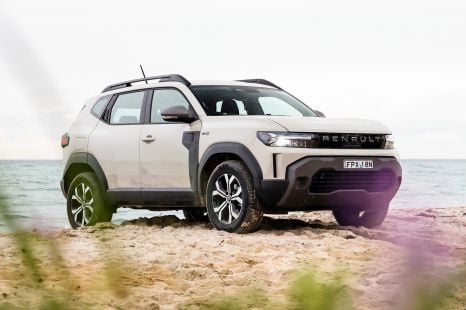

Max Davies
2 Days Ago
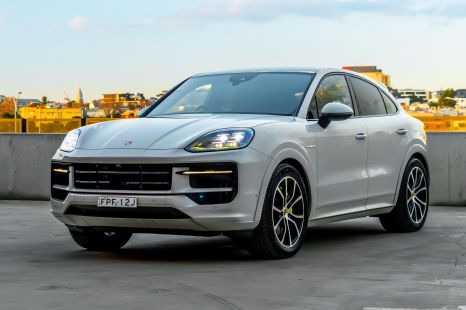

James Wong
2 Days Ago
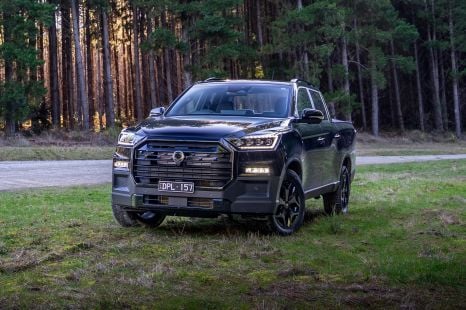

William Stopford
1 Day Ago